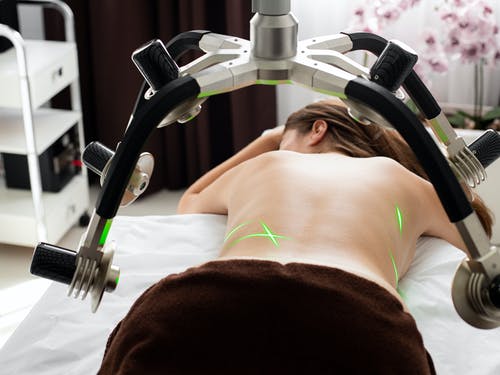Fat grafting, often referred to as fat transfer or fat injections, is a procedure that transfers fat from one area of the body to another. Because the fat comes from the patient’s own body, there are typically no risks of rejection. This guide will help individuals better understand fat grafting and what they can expect from the procedure.

When Did Fat Grafting Begin?
Although the first recorded incidence of fat grafting occurred in the late 19th century, this treatment process has primarily been used since the 1990s in the United States. This procedure allows surgeons to augment a patient’s face, hands, breasts, buttocks, hips, and feet. Those who are interested in fat grafting need to find the Best Cosmetic Surgeon Near Me.
What Is Involved in Fat Grafting?
The process for fat grafting procedures takes place in three steps. Plastic surgeons perform fat grafting in an outpatient surgical center or a doctor’s office, and fat transfers are typically done under a local anesthetic. Surgeons carry out the following steps in the process of fat transfer.
· The surgeon extracts the donor fat from the patient’s body. The surgeon removes fat via liposuction. The surgeon uses a thin cannula and inserts it into the skin. A vacuum suctions the donor fat from the area. Once the surgeon has collected enough fat, they will move on to the next step in the process.
· Plastic surgeons will then treat the donor fat using decanting and centrifugation. This process spins the fat cells to isolate them from other tissues. The surgeon will remove any non-viable fat cells because they will likely die and could cause problems for the healthy cells, preventing them from remaining healthy.
· Finally, the plastic surgeon deposits the donor fat via small injections in the targeted area. The surgeon injects fat cells in small droplets to ensure each cell will have an ample blood supply. Fat cells that do not have a blood supply will end up dying.
What Are the Benefits of Fat Grafting?
Fat grafting offers a range of benefits. Instead of unnatural fillers and implants, individuals will find their fat cells nicely filling out areas of their body without so many risks. The following offers information on some of the benefits of this procedure.
· Plastic surgeons use fat transfers to add volume to areas of the face. As a person ages, they lose fat volume in certain areas of the face, making them appear much older. A surgeon can use fat transfers to smooth wrinkles as well.
· Many people become surprised when they learn fat grafting may help repair scarring. Surgeons use fat to plump the scarred area, reducing the appearance of the scar.
· Individuals will also find fat injections make them have higher cheekbones. This procedure can transform the way a person looks by enhancing their natural features.
· Fat transfers also help improve the texture and appearance of the skin. The skin becomes smoother, making a person look more youthful.
Schedule a Consultation Appointment
Individuals interested in fat grafting procedures need to first schedule a consultation appointment with a plastic surgeon. At the consultation appointment, the surgeon examines the patient and talks about their health and expected outcome. The surgeon needs to make sure the patient is a good candidate for fat grafting. Once the surgeon determines if the patient will benefit, they will schedule the procedure for their patient.